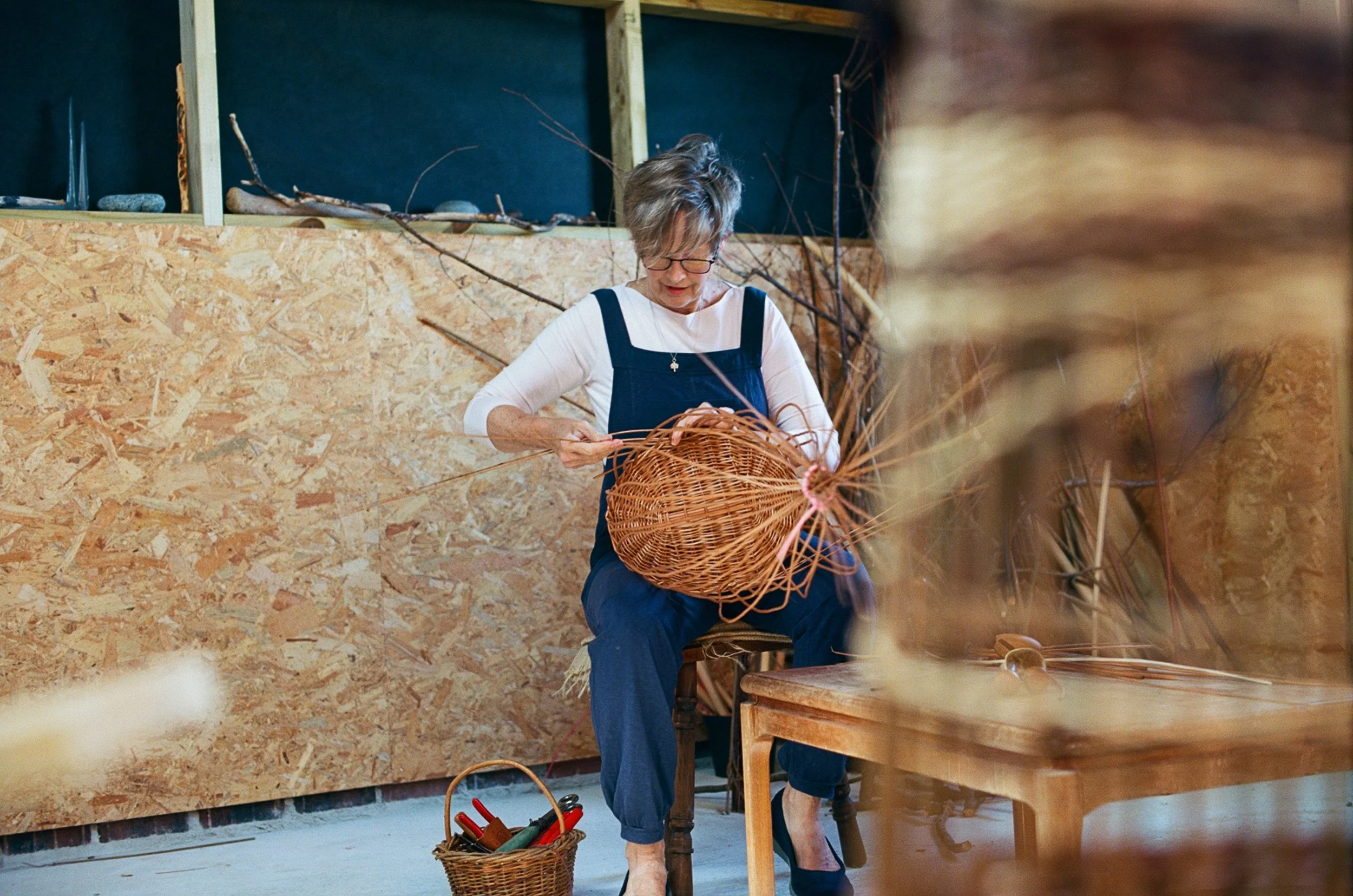a decorative ceramicist
As creatives, the skills that we have developed form an integral part of what we are all about, the way we design things, the way we think and the way we work that makes us all very different and unique. After all, the world would be a pretty boring place if we were all so alike.
Karl discovered his creative skills at the early age of 16. At his six form college, he was given an introduction into the world of clay from one of his teachers. That teacher recognised Karl’s abilities and interests and encouraged him to explore the medium of clay in more depth. That experience formulated itself sometime later into studying ceramics at Falmouth School of Art and Design in the 1980’s, then he followed that interest further with a degree at West Surrey University.
“My work is wheel thrown in stoneware clay and highly burnished and biscuit fired initially”
Now, those of us who have left Cornwall for one reason or another, always seem to return.
I reckon it has this magnetic draw to it as we all know how it’s such a great place to live and work in, Karl certainly felt that. He returned to our shores and then found an interest in teaching which allowed him to share his skills with others. He then followed that interest on and found himself lecturing in Ceramics some years later. 38 years on, Cornwall is now his home for good and that’s where he produces an array of decorative ceramics in his own personal studio.
All of the skills that Karl has developed over the decades working with clay are very unique and individual to him. There are those that often ask Karl about the techniques he uses, which he’s happy to share but certain elements of his processes are a little more secretive as to how he achieves the finer finishes on his ceramics.
He told me “My work is wheel thrown in stoneware clay. Highly burnished and biscuit fired initially. I then wrap plants and other organic materials around the work. Using a cocktail of chemicals to aid in the fuming process and firing once more using the Saggar firing technique”
Karl mentioned to me that he’s currently working on two projects, as well as his other work. One of them is looking at the post industrial landscape from his childhood memories in the Rhondda Valley, he’s a Welshman at heart by the way, and the other that he’s exploring is the Cornish landscape for textures, plants and flora to develop his designs further.
I asked him what advice do you think you might give to those who are considering the world of cermarmic? “Experiment and continue to push your specialism forward. Get advice from as many different avenues as possible. Do courses, research and update skills regularly, where you can. This will broaden your general knowledge and improve you're skills. Sound advice”
Karl tells me that he has become more selective as to what leaves his studio these days and finds itself in galleries in and around the UK. By his own admission, he has to be 100% happy with all of the work that leaves his studio. To me that sounds like a true purest at work.
Thank you Karl. RD














